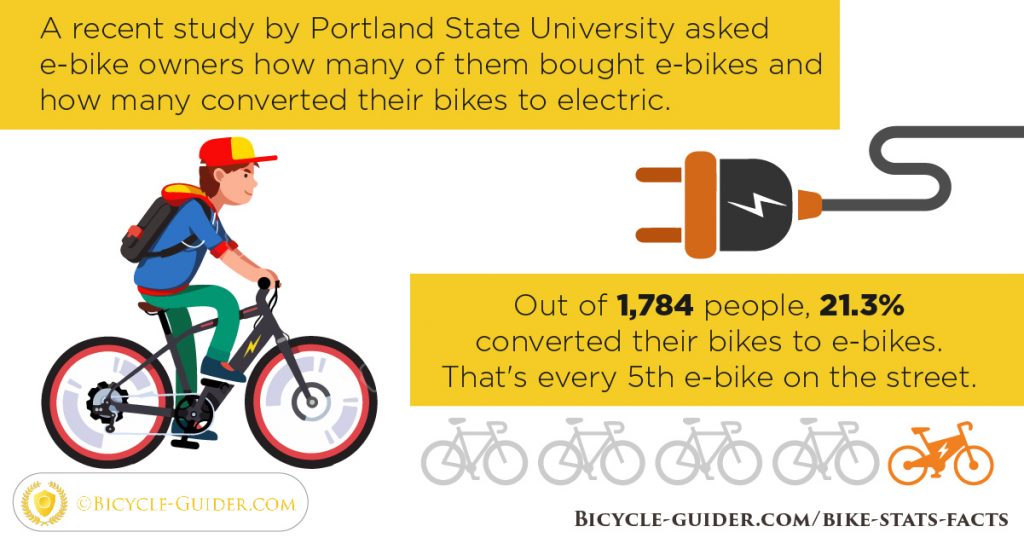E-Bike Classifications Explained: Understanding The Effects Of Each Group
E-Bike Classifications Explained: Understanding The Effects Of Each Group
Blog Article
Composed By-Feldman Lopez
If you're taking into consideration acquiring an e-bike, understanding the various courses is type in making an informed choice. You might be shocked at exactly how each course provides distinct functions that deal with different riding choices and legal demands. From pedal-assist options to throttle-controlled models, each course has its benefits. So, before you pick the ideal e-bike for your requirements, it's essential to realize the differences between Class 1, Course 2, and Course 3 e-bikes.
Class 1 E-Bikes
Course 1 E-Bikes are specified as pedal-assist electric bicycles that supply support only when you pedal, discontinuing to do so when you get to 20 mph. These bikes are perfect for those searching for a little additional boost while still intending to get some exercise. Class 1 E-Bikes provide a smooth change in between pedaling and electrical aid, aiding you conquer hills and long distances with ease. The motor kicks in as soon as you begin pedaling, giving an all-natural and simple and easy adventure experience.
Among the vital advantages of Class 1 E-Bikes is that they're allowed on the majority of bike paths and tracks where standard bikes are permitted. This means you can explore brand-new courses and appreciate the outdoors with no constraints.
Furthermore, these bikes are eco-friendly and offer a sustainable setting of transportation, reducing your carbon footprint while still obtaining you to your location efficiently.
Course 2 E-Bikes
Moving on from the pedal-assist dynamics of Course 1 E-Bikes, Class 2 E-Bikes present a brand-new element into the electrical bike world. These e-bikes feature a spin throttle attribute, allowing you to ride without pedaling in any way. With this addition, you have the alternative to just involve the throttle and let the motor do the work, pushing you ahead effortlessly.
Class 2 E-Bikes are suitable for cyclists that might need a break from pedaling or need aid when starting from a full quit. This attribute makes them specifically appealing for individuals with limited wheelchair or those that want a more leisurely riding experience.
Nevertheless, it is very important to note that Course 2 E-Bikes are still governed by a rate limit of 20 mph, guaranteeing safety and conformity with regulations.
Course 3 E-Bikes
For riders seeking an extra dynamic electric cycling experience, Course 3 E-Bikes offer boosted rate and efficiency compared to their Course 1 and Class 2 counterparts. https://fat-ebike54321.dsiblogger.com/65151666/familiarize-on-your-own-with-the-laws-in-your-region-to-guarantee-risk-free-and-legal-e-bike-riding -Bikes are called "speed pedelecs" and can reach speeds of as much as 28 mph, supplying a thrilling ride for those seeking an additional boost. https://www.wired.com/gallery/best-cheap-electric-bikes/ come geared up with a pedal-assist system that begins when you begin pedaling, making it easier to preserve higher rates with less initiative.
One crucial function of Class 3 E-Bikes is that they aren't limited to bike lanes only; they can also be utilized on streets where the rate limit is 30 miles per hour or reduced. This adaptability enables cyclists to navigate through website traffic a lot more efficiently while still taking pleasure in the benefits of electrical assistance.
However, it's necessary to bear in mind that some areas may have certain guidelines relating to making use of Course 3 E-Bikes, so constantly inspect regional regulations prior to hitting the road.
Conclusion
So, now that you comprehend the distinctions in between Class 1, 2, and 3 E-Bikes, you can make an informed decision on which type finest matches your needs. Whether you like pedal-assist, throttle attribute, or greater rates, there is an E-Bike course out there for you. Keep in mind to consider your neighborhood guidelines and individual preferences prior to making your selection. Happy riding!
